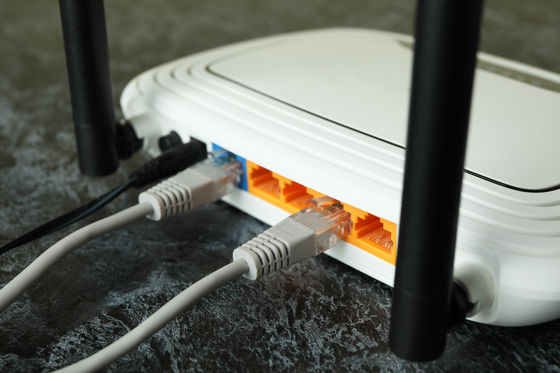
Hackaday, an IT news site, explains how Wi-Fi, the revolutionary technology that frees modern internet-connected devices from the hassle of hard-wired cables, was mistakenly believed to be an Australian invention.
Australia didn’t invent WiFi, contrary to popular belief | Hackaday
https://hackaday.com/2024/08/20/australia-didnt-invent-wifi-despite-what-youve-heard/

Wi-Fi is a wireless LAN standard established by the Institute of Electrical and Electronics Engineers (IEEE).
In a column titled “Wi-Fi to the World”, the Commonwealth Scientific and Industrial Research Organisation (CSIRO) described the wireless LAN technology developed in Australia as “our country’s greatest invention”.
However, according to Hackaday, CSIRO was not involved in the development group. IEEE802.11 Standard The precursor to IEEE 802.11 was developed in 1991 at a laboratory in the Netherlands by NCR and AT&T and was the first standard for what would later become Wi-Fi. IEEE 802.11-1997 was developed based on a proposal from the IEEE. Lucent Technology and NTT.
The reason Wi-Fi is said to be an Australian invention, despite it being obvious who developed it, is due to patent issues.
Like many other groups, CSIRO has been developing wireless network technology for many years, and was the first
In 1993, he obtained a patent (PDF file) for “Wireless LAN (WLAN)” in Australia, and Patents In the United States in 1996.
The patents were filed by the CSIRO and claim to achieve wireless network speeds of several Mbps, but Hackaday points out that the technology is a far cry from current networking technology.
For example, patents granted by the CSIRO in Australia and the US repeatedly state that they “operate at frequencies above 10 GHz” and drawings show transmissions in the 60-61 GHz band, which is quite different from the mainstream Wi-Fi standard established by the IEEE.
To commercialize the technology, CSIRO sought out a number of commercial partners, but few were willing to cooperate, except for a short-lived start-up called Radiata, which was absorbed by CSIRO and disappeared. Although CSIRO did not promote its own wireless technology, it still held the “wireless LAN” patent, and began charging various companies royalties for its technology, claiming that it was also used in the Wi-Fi standard.
These companies include Buffalo Technology, a US subsidiary of Japan’s Melco Holdings Inc. CSIRO won a patent lawsuit against Buffalo Technology in 2006, and filed suit against 14 other companies in 2009.
After four days of testimony, the case went to a jury, which ruled in CSIRO’s favor. “Most of the jurors weren’t particularly familiar with the details of wireless communications,” Hackaday said. “Well, that’s what patents are like.”

It’s important to note that CSIRO developed Wireless LAN technology, not Wi-Fi. In fact, their website politely states: “We invented and patented Wireless LAN (WLAN), a technology that gives you the freedom to work wirelessly in your home or office.”
“It is certainly true that CSIRO scientists invented wireless networking technology. The problem is that the media often paraphrases it as CSIRO inventing Wi-Fi, which is demonstrably false. Many argue that CSIRO should not benefit from standards it had no role in developing, but this myth is likely to persist for some time, at least until someone writes a best-seller about the truth about Wi-Fi standards,” says Hackaday.


